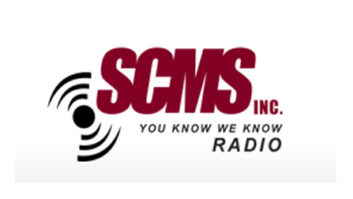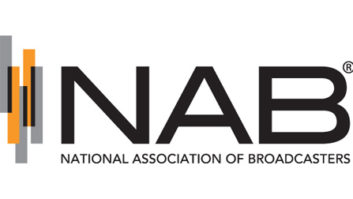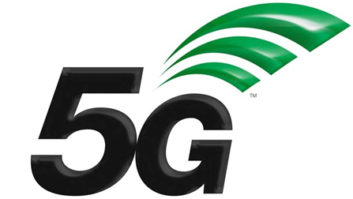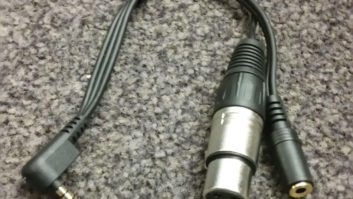Until moving on to another engineering opportunity recently, I was chief of a small-market AM station in Ohio that also is part of an FM/TV combo.
Many times we were faced with finding a less expensive way of doing much more.
With theft of copper from AM sites, site security in general, cost of equalized phone lines and general expenses involved with remote transmitter sites, we began looking for something that could solve these problems and possibly give us new capabilities.
(click thumbnail)The TrangoLINK-10 unlicensed 5.8 GHz wireless point-to-point radio can deliver up to 10 megabits per second of Ethernet traffic over long distances, up to 40 miles.
TrangoLINK-10 from Trango Systems is one of a handful of wireless Ethernet systems available to the IT market today. As we began experimenting with this unlicensed technology, we found we could integrate it into live TV news remote broadcasting easily. As we dug a little deeper, we started thinking about how we could apply it to our AM and FM radio stations.
As the AM transmitter site is only located a few miles from the station (and the TV tower), we could easily shoot this wireless signal from a lower portion of our TV tower to the roof of the AM transmitter shack. It should be noted that this technology has a range of 40 miles line of sight or more; the company says some customers have achieved links of 70 miles under the right conditions.
This unlicensed wireless technology provides a secure 10 Mbps of bidirectional connectivity from point A to point B. Trango now has a 45 Mbps unit (TrangoLINK-45), and there are other companies now selling units with varying bandwidth.
Should a licensed wireless broadband system be needed, there is also wireless gear that can be purchased for fixed-point connections that functions much like the unlicensed but provides a more secure frequency (as might be needed in larger cities where frequencies are more congested).
Utilizing this 10 Mbps of throughput, we began looking at streaming (unicasting) the audio from our AM studio to our AM transmitter over our own wireless broadband connection.
The advantage of this is that we had ample space to also drop a VoiP phone on the same connection, which would give us a “free” telephone at our remote site. This phone would even include station pages and have its own voice mail and intercom number.
Looking further, the station can also extend its own intranet (and company Internet wired connection) down to the remote AM site giving it a high-speed connection to our own servers as well as the Web.
With site security a topic in many recent issues of Radio World, one of the big benefits of this system is the ability to put multiple security cameras at the site and feed them all or put them on a sequential switcher back to the station for 24 hour monitoring.
Even adding gear like the Dannager Plan B Deluxe changes when this system is used. You then have an Ethernet connection directly from the station into your Plan B. This allows instant changes and full access to the hard drive-based audio player.
As broadcasters find the fine line fading away between IP-based gear and traditional radio gear, perhaps we need to look closer at evolving technologies in the IT world for our next piece of equipment. I’ve found that the marriage of technologies from consumer A/V, cable TV, IT and broadcast can create some exciting possibilities at cost-effective pricing.













